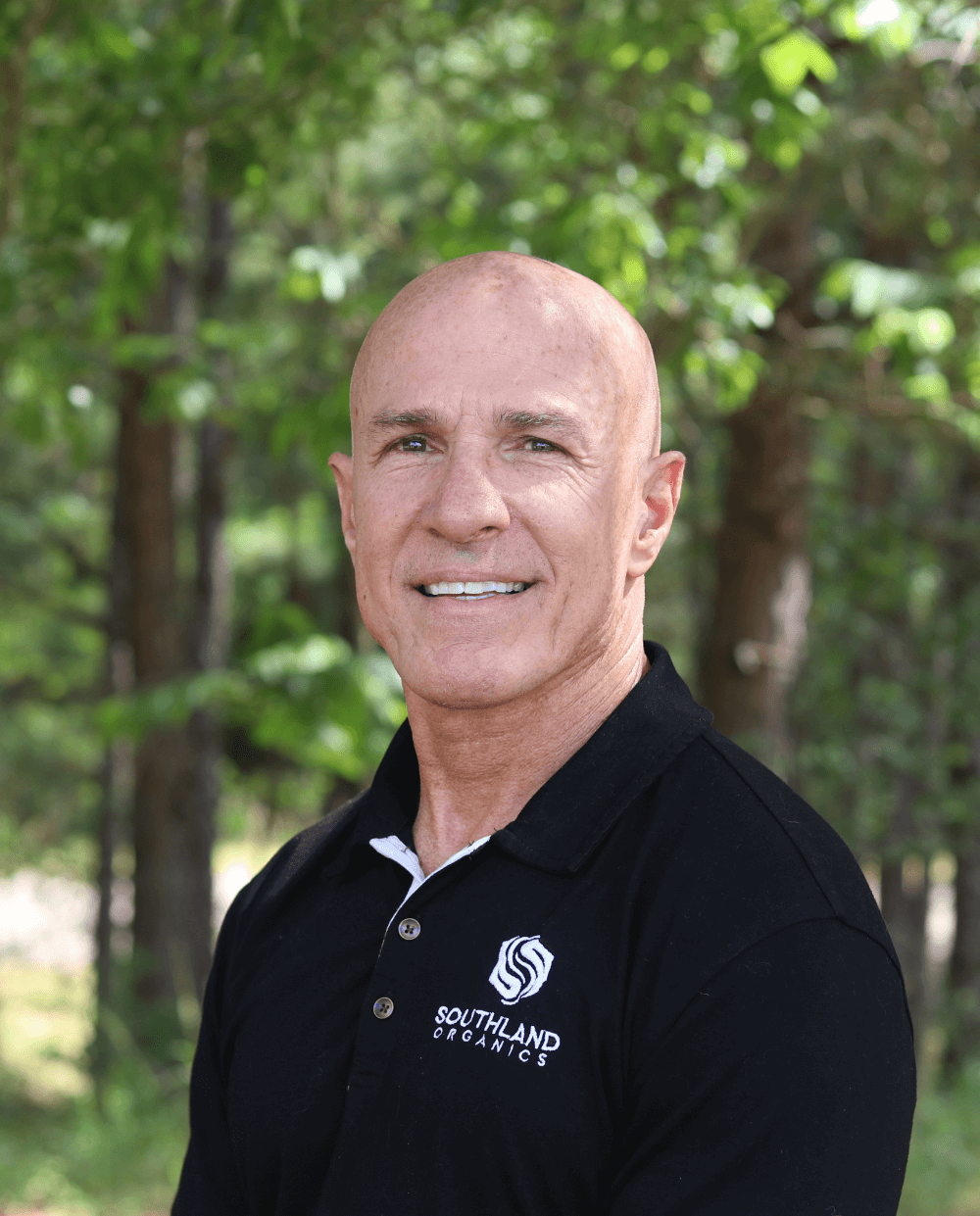Whether you clean out, cake out, till or windrow, you know managing litter can be a bulk of your operation. Specially formulated with biologically active carbon, organic acids and beneficial microbes, Litter Life helps dry and condition litter, and control ammonia. With Litter Life, birds grow in a healthier environment with less threat of disease, lower mortality and better performance.
Key Benefits of Litter Life

If litter is managed effectively, some litter management methods can kill bacteria, which is an important step in keeping birds healthy. If you don’t properly repopulate good bacteria in the litter management process, the floor becomes a breeding ground for bad bacteria.
Repopulates Good Bacteria
The best way to repopulate natural defenses is to add Litter Life—a mixture of biologically active carbon, organic acids and naturally occurring microbes (good bacteria)—to your poultry house floor. These ingredients work together to accelerate decomposition, keep litter dry, control ammonia and add good bacteria.
Helps Control Ammonia Levels
Ammonium is a highly volatile compound that is very pH sensitive. At a pH of 7.2 or higher, it converts to ammonia gas and volatilizes into the atmosphere. As a poultry farmer, you understand this all too well, considering that the natural litter pH in a broiler house ranges from 9 to 10. Turning volatile ammonia into stable ammonium sulfate, Litter Life controls ammonia and lowers litter pH, which reduces ventilation needs and thus fuel costs.
The pH of Litter Life is conducive to turning volatile ammonia into stable ammonium sulfate and lowers litter pH. This can help fight ammonia, which reduces ventilation needs and thus fuel costs.
How to Apply

The first step to secure your floors with Litter Life? Mix 1 gallon of Litter Life with 9 gallons of water. This will cover 2,000 square feet.
After mixing, apply the mixture to your floor with a sprayer—a 500-gallon house washer, 25-gallon tank on the back of a four wheeler or anything else you have will get the job done!
If you want to deal with ammonia, then you should spray Litter Life at least 7–10 days before placement. If you can spray 14–21 days before, that's even better. If you are planning to use another product for ammonia control, then you can spray Litter Life at least one day before the other ammonia reduction product. If your birds are already in place, you can spray the house while birds are present.
Application Tips
It's best to apply Litter Life on a bare pad, so the good bacteria in Litter Life are able to get down into the dirt to compete with bad bacteria, like E. coli and Clostridium. Applying Litter Life before placement also introduces biologically active, organic carbon to the floor.
If you're not able to apply on a bare pad, apply Litter Life on your built-up litter before adding the new bedding. Litter Life can be safely applied with birds present.
After spraying Litter Life on a cool day, close up the house. This will keep in warmth to increase beneficial microbial activity. If it's a warm day, you can leave the house open to let the warmth inside. Nitrogen that can't bind to carbon in a 25:1 ratio will gas off as ammonia, so 1–2 days after spraying, you can open your house as a way of controlling ammonia released and allowing it to exit.
Secret Ingredients
Simply put, Litter Life replenishes with living biology and provides valuable activated carbon. The process of cold water extraction not only leaves indigenous biology fully intact but also provides an environment in which they can rapidly multiply.
Beneficial Microbiota

Litter Life is specially formulated with live bacteria in vegetative form that prove a positive influence on gut health and gut integrity.
Our microbes are mostly Bacillus species.
Organic Acids

Most people in commercial poultry production think of a mere acidification of water when they hear "organic acids." While organic acids do provide some acidifying effects, they also provide additional benefits to keep your flock healthy.
Pathogen colonization occurs when harmful microbes, such as Salmonella and E. coli, gather in the intestinal tract and destroy gut integrity. These harmful bacteria then attack the epithelial cells, causing inflammation in both baby chicks and adult chickens. As they attack the epithelial cells, they form a protective biofilm that serves as a physical barrier.
Fulvic acid is "wetter than water" and serves as a destroyer of biofilms. Our acids destroy the protective layer produced by the disease-causing organisms. This mechanism assists the birds natural barrier function for improved immune response.
Carbon

The carbon baseline for Litter Life binds harmful compounds and boosts gut integrity. This is similar to charcoal, which has been used for thousands of years to improve drinking water and for general detoxification purposes.
Activated carbon is a deeper level as it adsorbs longer chain hydrogen-rich molecules. The activated carbon in Litter Life has shown to adsorb benzenes, chelate nutrients and bind metals. The health benefits for poultry is in the adsorption of mycotoxins.
The Only Litter Amendment Needed
While there may be other litter amendments out there, Litter Life is the only poultry litter amendment you need to keep your floors secure. With strong natural defenses, birds grow in a healthier environment with less threat of disease, lower mortality and better performance for all.
Learn more about Litter Life here.
Litter Life FAQs
Do I have to let it sit?
Years ago on our instructions for Litter Life, we advised letting the product "sit" or "brew" in water before applying it. You can still find this instruction on some of our old videos.
But do you really have to do this? No. That's why we took it off our instructions a few years ago. Letting the product brew is helpful, but not at all necessary.
So why did we recommend it in the first place? Litter Life's main goal is to accelerate the decomposition of litter. It does this through its high levels of carbon, fulvic acid that provides oxygen, and 14 strains of beneficial bacteria that outcompete harmful bacteria (a.k.a. competitive exclusion). We said to let Litter Life sit once mixed with water so that the bacteria would have more time to divide and multiply. The longer you let Litter Life sit in water, the longer the bacteria will have to break from their vegetative state and multiply. More beneficial bacteria means more power against harmful bacteria that can cause disease.
Litter Life is still very effective if it doesn't sit at all. But if you're facing a serious issue, it could help to have more bacteria. So if you have the time to let it sit, it's worth it. If not, don't worry and still expect great results.
How do I apply Litter Life?
Litter Life can be sprayed in any form. You can use a 250-gallon tote or a 50-gallon drum and gravity feed into a pressure washer and spray with a wand. You can use anything off the back of a four wheeler, or even a house cleaner. Anything that sprays in bulk will, of course, save you time!
Contact Us
If you have any questions about our poultry litter treatment, reach out to me at allen@southlandorganics.com. To stay up to date on our content made just for poultry growers, subscribe to our Poultry Biosecurity YouTube channel.






